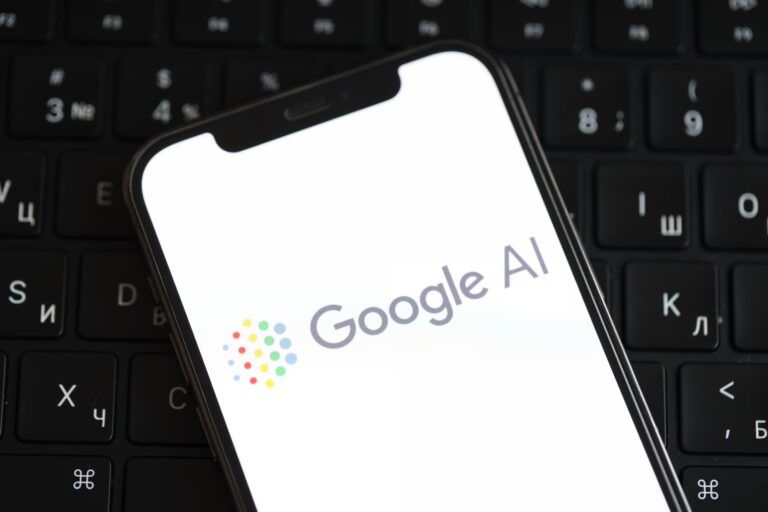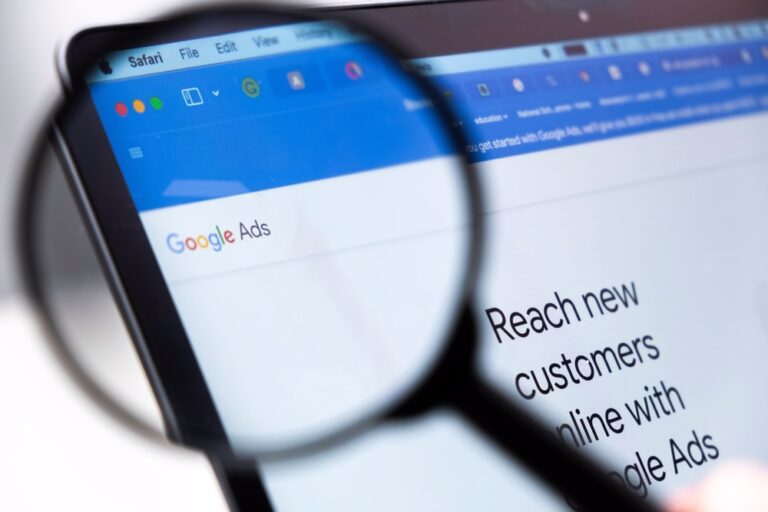Google recently announced a new feature for Analytics and AdWords called Smart Goals, which aims to help businesses that currently do not have a way to measure conversions.
As any business knows, a key metric is conversions when determining the success of your website. Smart Goals may be useful if you aren’t already using AdWords conversion tracking, or importing goals from Google Analytics into your AdWords account.

In creating this new solution, Google has said:
The Google Analytics team is committed to helping our users use their data to drive better marketing and advertising performance. So, for businesses that don’t measure conversions in AdWords today, we’ve created an easy-to-use solution: Smart Goals. Smart Goals help you identify the highest-quality visits to your website and optimize for those visits in AdWords.
Smart Goals do not aim to measure the specific actions that visitors take on an advertiser’s website, as this is what Conversion Tracking and Analytics Goals can already achieve.
What sets Smart Goals apart is the fact it uses the anonymized conversion data of other websites using Google Analytics, and identifies any visits which are the “most likely” to convert based upon Google’s model.
Google described how Smart Goals work in the announcement on the AdWords blog:
To generate Smart Goals, we apply machine learning across thousands of websites that use Google Analytics and have opted in to share anonymized conversion data. From this information, we can distill dozens of key factors that correlate with likelihood to convert: things like session duration, pages per session, location, device and browser. We can then apply these key factors to any website. The easiest way to think about Smart Goals is that they reflect your website visits that our model indicates are most likely to lead to conversions.
How to use Smart Goals
You’ll need to ensure your Analytics and AdWords accounts are linked. Firstly, you need to activate Smart Goals in Google Analytics, through the Admin section under Goals. High-quality visits to your site will then be converted into Smart Goals.
Under Conversions, you can see how Smart Goals perform before they are activated. This shows the engagement levels of Smart Goal visits compared to the others. This means Smart Goals aren’t activated automatically – but instead, you can see how well the Smart Goals model will work for your site, by looking at a Smart Goals page under conversions in Analytics.
As you can see below in the example Google gave, Smart Goal visits didn’t bounce, and they visited more pages, with longer sessions, compared to visits which Google deemed less likely to convert. This allows you to analyse the behaviour of Smart Goals visits and compare it to those deemed less likely to convert.

The next step is to import Smart Goals into AdWords if you like what you see, meaning once you’ve defined a conversion in AdWords, you can then optimise for it.

Once you import Smart Goals, you can set a target cost per acquisition (CPA), whereby the Smart Goal acts as the acquisition. You can optimise your AdWords spend based upon the likelihood of conversions.
To be eligible for Smart Goals, the Google Analytics view has to received over 1,000 clicks from AdWords over 30 days, to ensure the validity of data. Smart Goals will be rolling out over the next few weeks into 2016.











